Since 1978, UNESCO has been in the business of discovering heritage sites in various countries.
The sites are deemed to have special cultural, scientific or historical significance, and as such, are officially recognised and legally protected by international treaties.
There are 21 of them in the list of 2016.
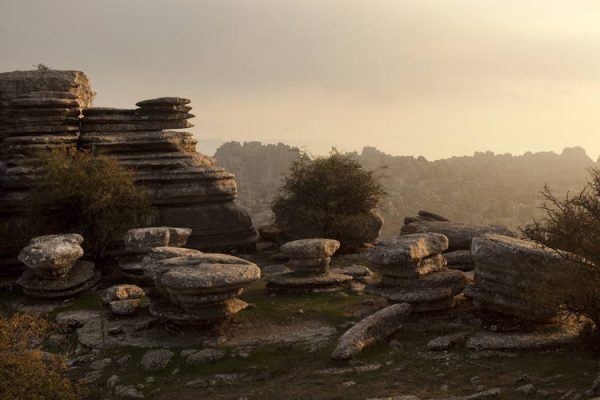
The site is located at the heart of Andalusia in southern Spain.
It comprises of three megathilic monuments which are “Menga and Viera dolmens and the Tholos of El Romeral” and two other natural monuments the “Peña de los Enamorados and El Torcal” mountainous formations.
The monuments (the 3 tombs) were built during the Bronze Age and are the most remarkable architectural works of European prehistory.
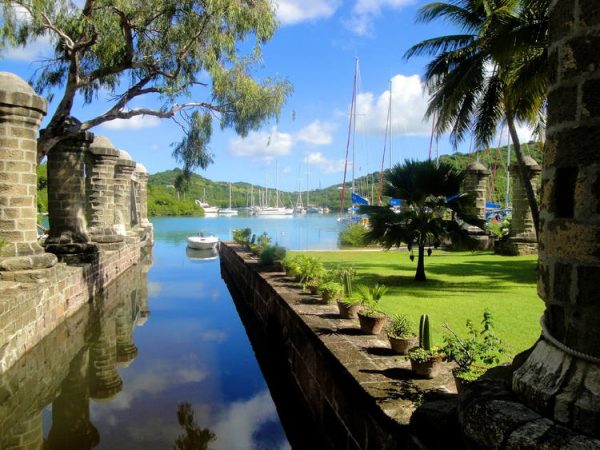
The dockyard consists of a group of Georgian-style naval buildings and structures, set within a walled enclosure.
Located in Antigua and Barbuda the dockyard was built to serve as protection for sugar cane planters at a time when European powers were competing for control of the Eastern Caribbean.
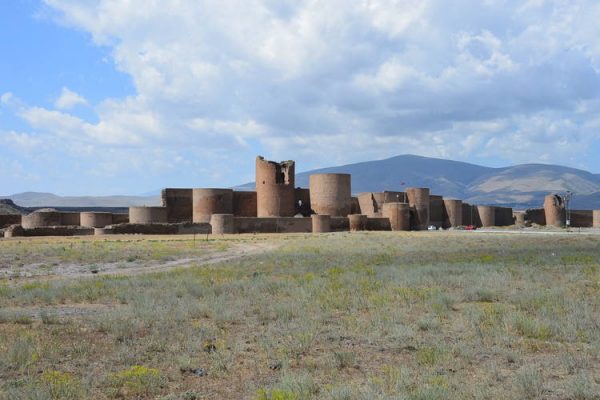
Located in secluded plateau of northeast Turkey, the site puts forward a comprehensive overview of the evolution of medieval architecture through examples of almost all the different architectural innovations of the region between the 7th and 13th centuries. The city combines residential, religious and military structures and the city flourished in the 10th and 11th century when it became the capital of Armenia kingdom.
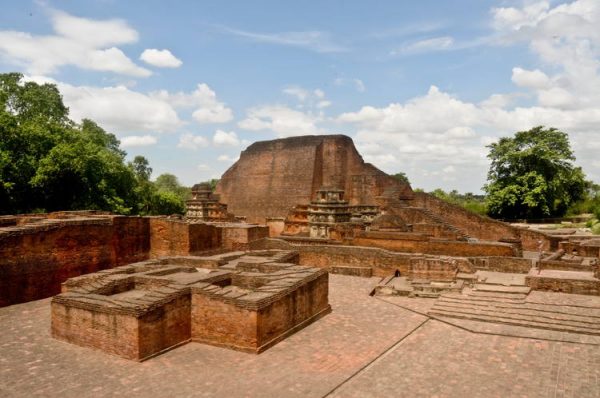
Considered the most ancient university in Indian subordinate, it contains archaeological remains of a monastic and scholastic institution dating from the 3rd century BCE to the 13th century which includes stupas, shrines, viharas (residential and educational buildings) and important art works in stucco, stone and metal.
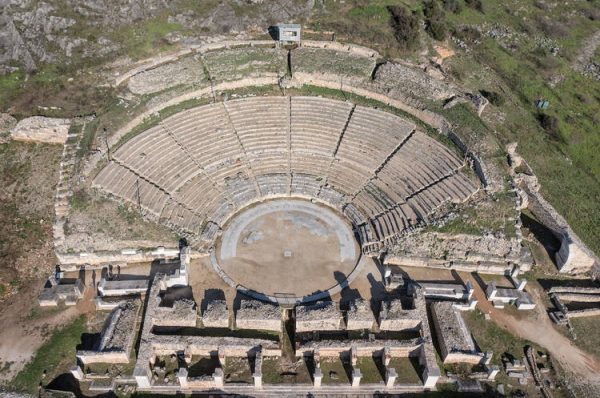
The monument found here are the remains of the walled city.
The city was founded in 356 BC by the Macedonian King Philip II, the city developed as a “small Rome” with the establishment of the Roman Empire in the decades following the Battle of Philippi, in 42 BCE.
The relics of the basilicas constitute an exceptional testimony to the early establishment of Christianity.
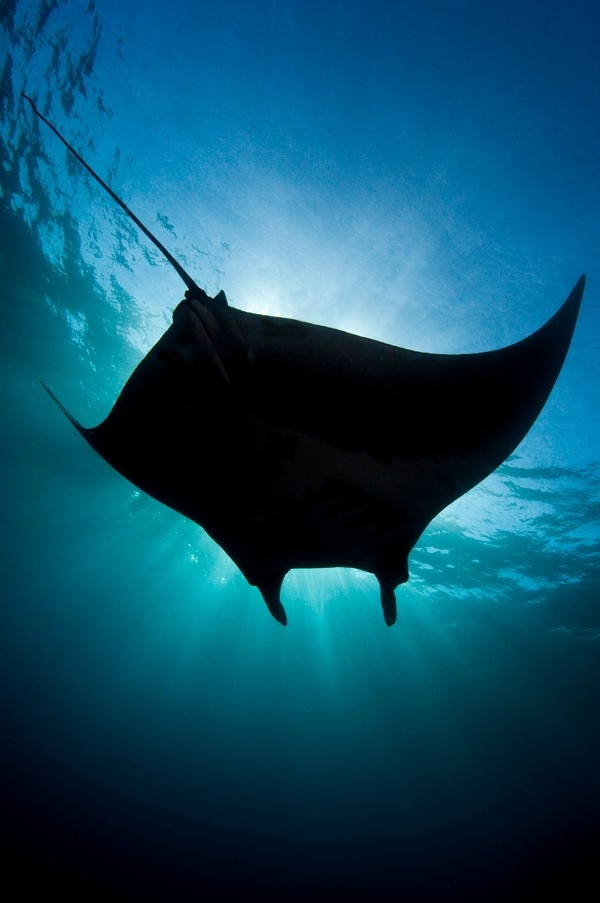
The archipelago is made up of four remote islands and their surrounding waters: San Benedicto, Socorro, Roca Partida and Clarión.
The islands serve as critical habitat for a range of wildlife and are of particular importance for seabirds.
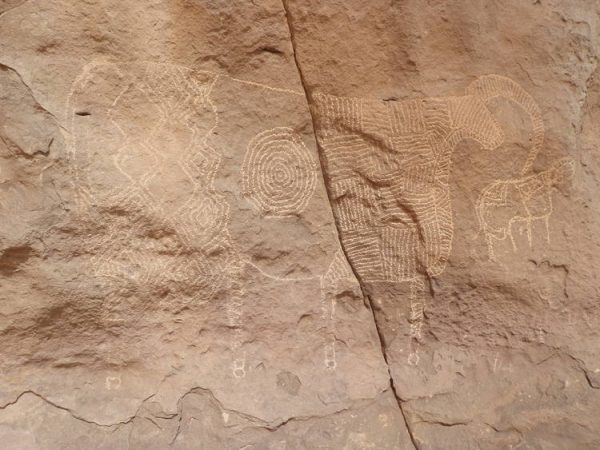
Ennedi Massif has been sculpted over time by water and wind erosion into a plateau including canyons and valleys that puts forward a spectacular landscape marked by cliffs, natural arches and pitons.
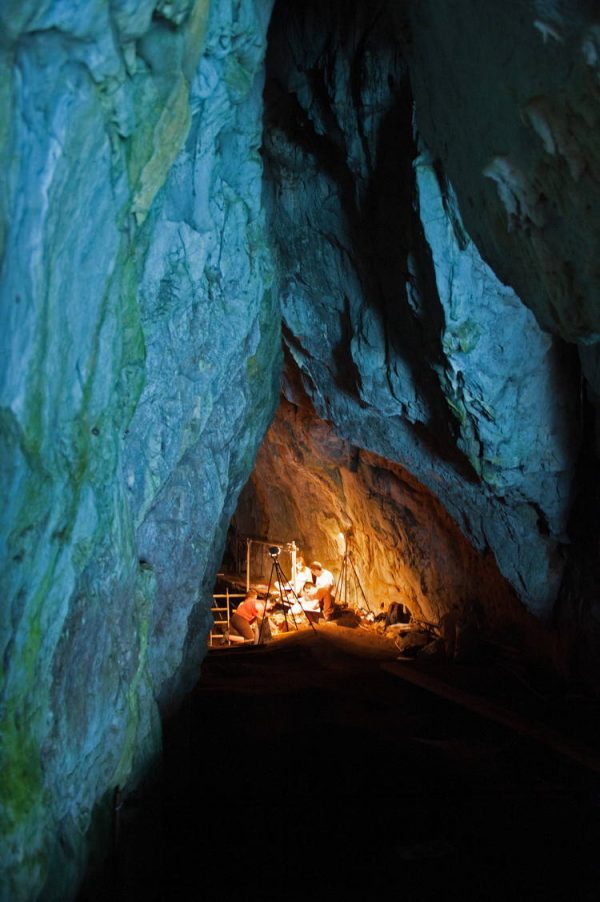
The steep limestone cliffs on the eastern side of the Rock of Gibraltar contain four caves with archaeological and paleontological deposits.
The sites are located at United Kingdom of Great Britain and Northern Ireland and scientific research on the site has already contributed substantially to debates about Neanderthal and human evolution.
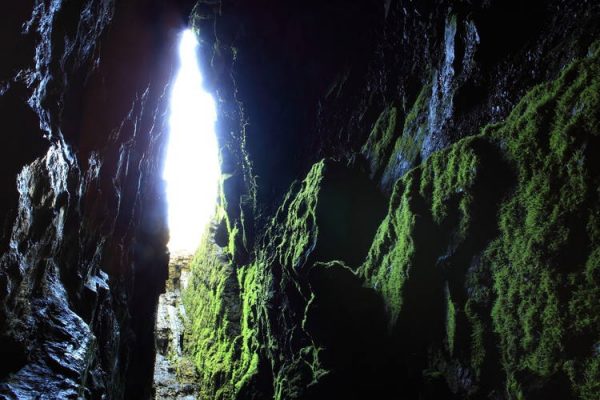
Shennongjia consists of two components: Shennongding/Badong to the west and Laojunshan to the east which protects the largest primary forests remaining in Central China and provides habitat for many rare animal species, such as the Chinese Giant Salamander and monkeys.
The site features prominently in the history of botanical research and was the object of international plant collecting expeditions in the 19th and 20th centuries.
The site contributes to the history of botanical research and was the object of international plant collecting expeditions in the 19th and 20th centuries.
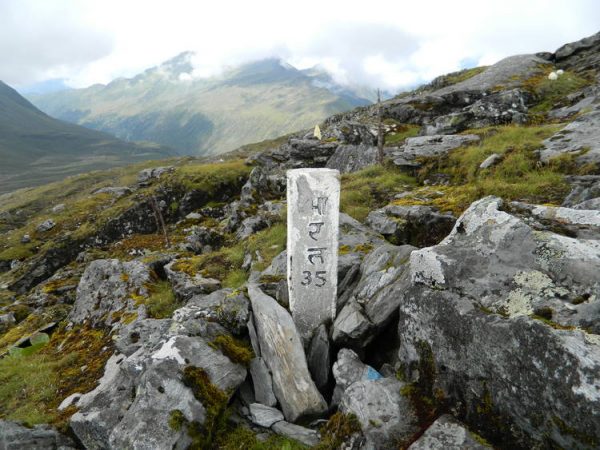
Situated at the heart of the Himalayan range in northern India (State of Sikkim), the Khangchendzonga National Park includes a unique diversity of plains, valleys, lakes, glaciers and spectacular, snow-capped mountains covered with ancient forests, which includes the world’s third highest peak, Mount Khangchendzonga.
The mountain is associated with mythological stories and with a great number of natural elements (caves, rivers, lakes, etc.) that are the object of worship by the indigenous people of Sikkim.
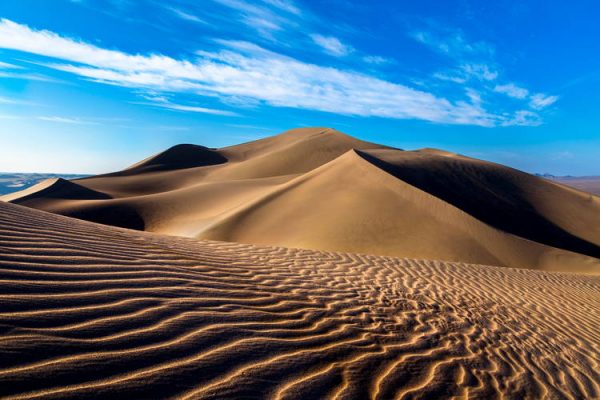
The Lut Desert or Dasht-e-Lut is located in the south-east of Iran and usually between June and October, this arid subtropical area is swept by strong winds which transport sediment and cause aeolian erosion on a colossal scale.
The site contains extensive stony deserts and dune fields.
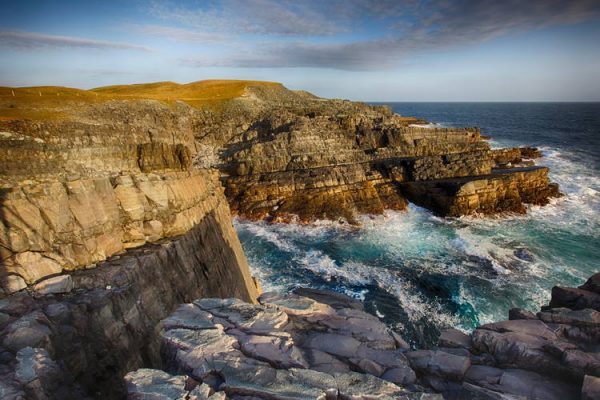
The fossil site, which illustrates a watershed in the history of life on earth, is located at the south-eastern tip of the island of Newfoundland, in eastern Canada.
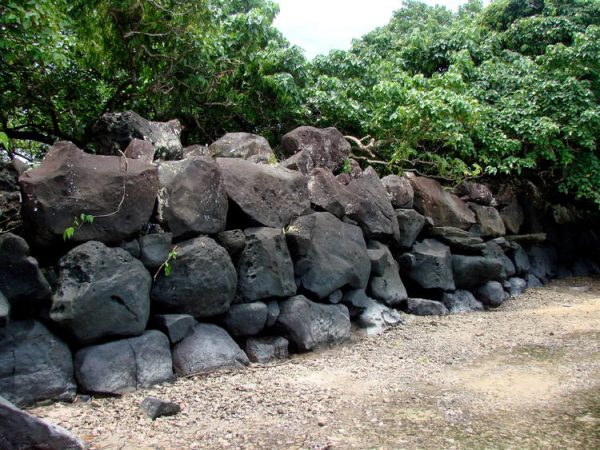
Nan Madol is a series of more than 100 islets off the south-east coast of Pohnpei claimed to have been constructed with walls of basalt and coral boulders.
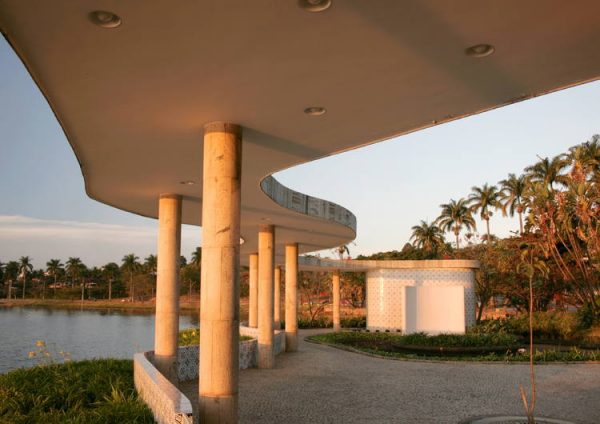
The Ensemble was the centre of a visionary garden city project created in 1940 at Belo Horizonte, the capital of Minas Gerais State.
It includes bold forms that exploit the plastic potential of concrete, while fusing architecture, landscape design, sculpture and painting into a harmonious whole.
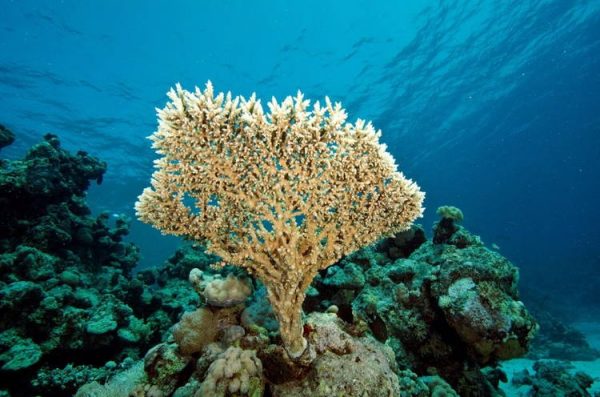
The park contains two separate areas: Sanganeb, an isolated, coral reef structure in the central Red Sea and the only atoll, 25 km off the shoreline of Sudan.
The second component of the property is made up of Dungonab Bay and Mukkawar Island, situated 125 km north of Port Sudan which includes diverse system of coral reefs, mangroves, seagrass beds, beaches and islets.
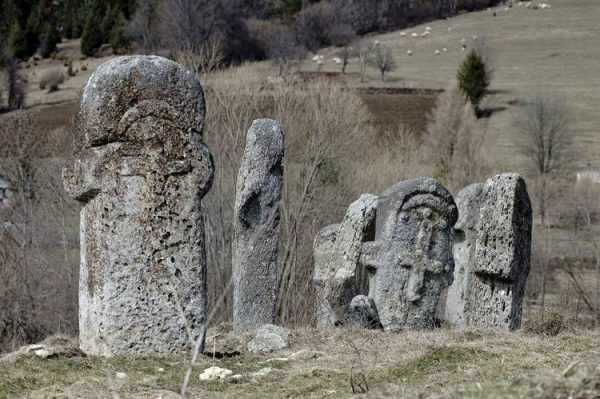
The tombstones graveyards consist of 28 sites, located in Bosnia and Herzegovina, western Serbia, western Montenegro and central and southern Croatia.
The cemeteries feature a wide range of decorative motifs and inscriptions that represent iconographic continuities within medieval Europe as well as locally distinctive traditions.
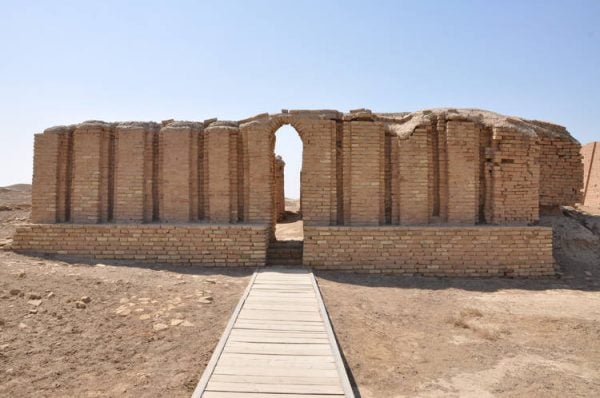
The Ahwar is made up of seven components: three archaeological sites and four wetland marsh areas.
The archaeological cities of Uruk and Ur and the Tell Eridu archaeological site constitute part of the remains of the Sumerian cities and settlements that developed in southern Mesopotamia between the 4th and the 3rd millennium BCE in the marshy delta of the Tigris and Euphrates rivers.
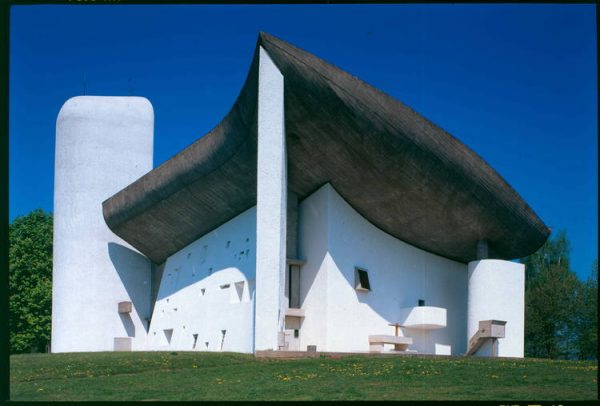
The work was chosen from Le Corbusier, it contains 17 sites comprising this transnational serial property are spread over seven countries. They are a testimonial to the invention of a new architectural language that made a break with the past.
The sites, located in Argentina, were built over a period of a half-century in the course of “patient research” as described by Le Corbusier.
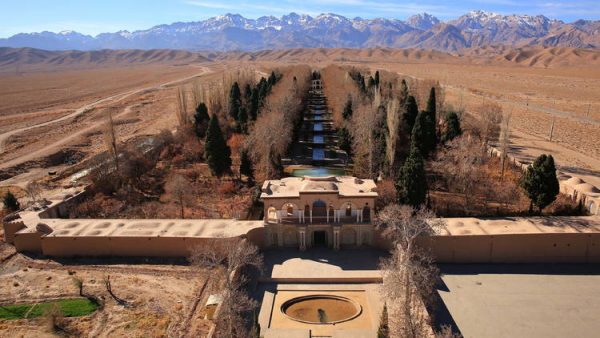
Located in Iran, agricultural and permanent settlements are supported by the ancient qanat system.
They tap alluvial aquifers at the heads of valleys and conducting the water along underground tunnels by gravity, often over many kilometres.
The eleven qanats are considered to provide outstanding testimony to cultural traditions and civilizations in desert areas with an arid climate.
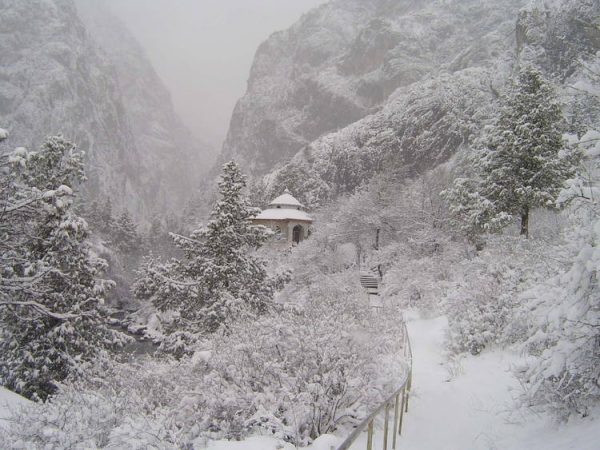
Located in the Tien-Shan mountain system of Kazakhstan, the site features diverse landscapes and is of global importance as a centre of origin for a number of cultivated fruit crops.
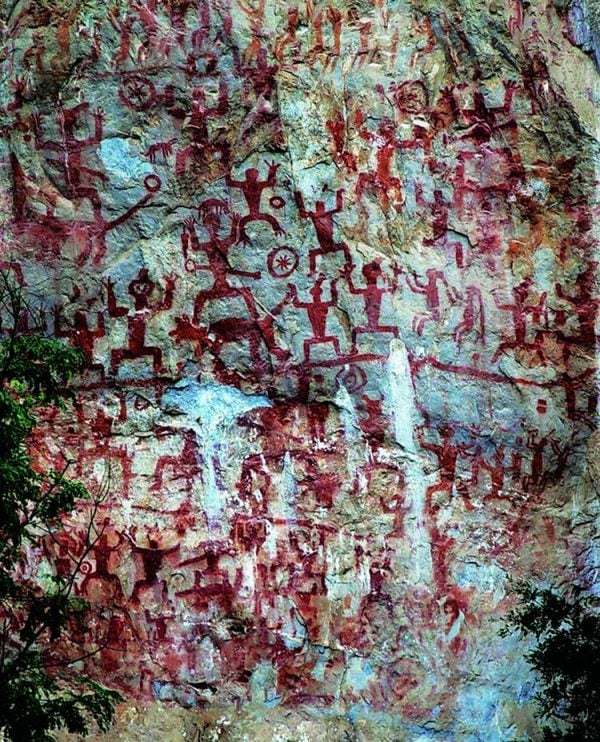
The site is situated on the steep cliffs in the border regions of southwest China and it contains 38 sites of rock art which illustrate the life and rituals of the Luoyue people.
This cultural landscape is considered to be the only remains of this culture today.
Copyright 2024 TheCable. All rights reserved. This material, and other digital content on this website, may not be reproduced, published, broadcast, rewritten or redistributed in whole or in part without prior express written permission from TheCable.
Follow us on twitter @Thecablestyle
